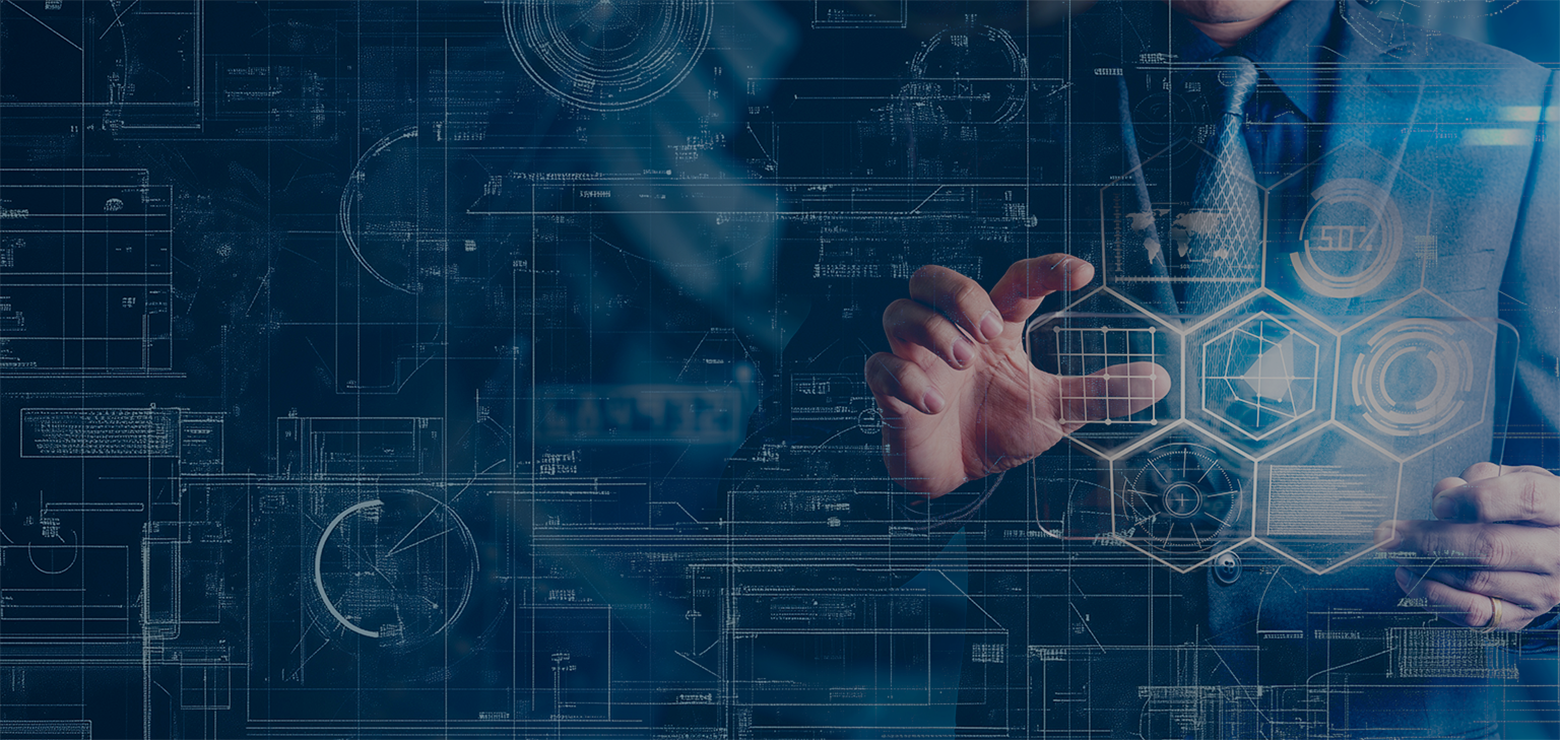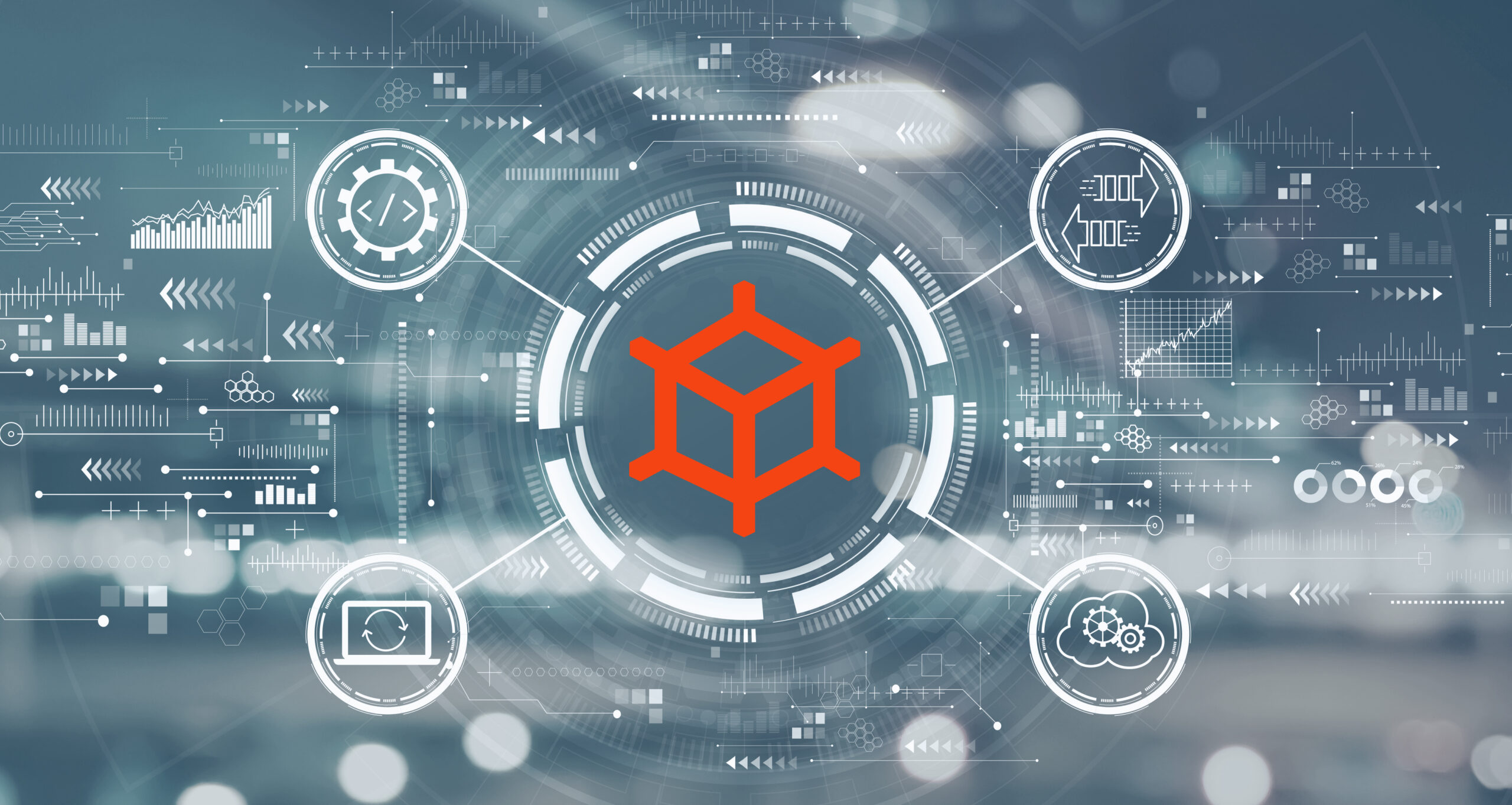In 2020, the need for online services and remote work solutions brought on by the pandemic forced companies to accelerate their shift to digital operations. Now, it’s the rise of generative AI that’s driving these digital transformation efforts even further, with businesses investing in AI technologies and the increasingly demanding IT infrastructure required to support them.
The demand for digital solutions isn’t showing signs of slowing, either — worldwide, digital transformation spending is estimated to reach nearly $4 trillion by 2027.
To handle these growing IT workloads while still having resources to spare for more strategic efforts, businesses are increasingly investing in hyperautomation efforts to phase out manual workflows, operate more efficiently and drive down costs.
What is hyperautomation?
Hyperautomation is the coordinated use of multiple automation technologies — such as AI, iPaaS or a low-code application building platform — to streamline complex business processes. Hyperautomation technologies include (but are not limited to):
- Integration Platform as a Service (iPaaS)
- Robotic Process Automation (RPA)
- Low-code/no-code application platform (LCAP)
- Process and task automation tools
- Artificial intelligence (AI)/machine learning (ML)
- Event-driven architecture (EDA)
- Business Process Management (BPM)
Gartner introduced the term in 2019 to describe the growing tendency among competitive enterprises to automate as many business and IT processes as possible. Since then, however, it’s proven to be more than just a trend: It’s a lasting shift in the way businesses approach their IT infrastructure.
Hyperautomation vs. Robotic Process Automation (RPA)
The main difference between hyperautomation and robotic process automation (RPA) is in complexity.
RPA uses bots to perform simple, rule-based actions, like entering data or routing customer support tickets. Hyperautomation enhances RPA by combining it with more advanced decision-making technologies like AI and machine learning, making it possible to automate more complex workflows across the entire organization.
Hyperautomation vs. Intelligent Automation (IA)
On the other hand, the primary difference between hyperautomation and intelligent automation (IA) lies in scope.
Intelligent automation specifically refers to the use of AI and machine learning to automate business processes, typically focusing on a specific workflow or task. Hyperautomation encompasses a wider range of automation technologies, including not only AI and machine learning, but also integration platforms, low-code development apps, and BPM software. These technologies impact multiple departments and drive efficiency across the entire organization.
Why is hyperautomation important?
Automating a handful of individual business processes is no longer enough to stay competitive. According to a recent report from Gartner, 30% of enterprises will automate more than half of their network activities by 2026 — an increase from under 10% in mid-2023. This rapid acceleration of digital business initiatives highlights the need for a more holistic approach to automation.
Benefits of Hyperautomation
Hyperautomation can transform operations with simplified workflows, improved data transparency, faster time-to-value and more. Here’s how:
1. Accelerate Growth
Whether you expand through acquisitions or organically, hyperautomation allows businesses to grow quickly with minimal impact on resources.
For example, by thinking beyond a mere point-to-point integration and instead uniting several previously disjointed processes with a scalable solution, businesses can liberate funds, free up overburdened internal talent for more strategic responsibilities, and open new opportunities for innovation.
2. Speed Up M&A Time-to-Value
Successful mergers and acquisitions are all about time-to-value. After an acquisition, it’s important to quickly migrate the newly acquired organization into your system, but this can be challenging under time and resource constraints.
Hyperautomation speeds up time-to-value for M&As by enhancing data visibility during the integration process. For example, several groups within the newly combined business may interact with the same vendor. A dashboard that provides visibility into these exchanges can spur conversations that lead to a more favorable relationship with the supplier. This approach is effective for realizing cost savings, uncovering new ways to deliver customer value and ultimately futureproofing the newly blended business.
3. Improve Data Transparency
A key success factor for any workflow automation platform is data ownership. To keep data reliable and accurate, it’s important to establish a single source of truth for each data element — otherwise, teams can waste time validating and updating data between systems. Hyperautomation plays a crucial role here by integrating various systems and automating the flow of data across the enterprise, ensuring that updates made in one system are instantly reflected in others, without manual intervention.
At Jitterbit, for example, we decided that our ERP would own all product information. Through hyperautomation, any updates to product data made in our ERP are synced to our CRM via an API, offering enterprise-wide data transparency.
4. Extend Automation Across the Organization
Even enterprises with advanced automation still experience gaps between business processes managed by different systems. Hyperautomation addresses these gaps by combining integration technologies with low-code application platforms (LCAP), allowing even non-technical users to build applications that bridge cross-process divides.
Additionally, hyperautomation incorporates advanced integration methods like electronic data interchange (EDI) and message queuing (MQ), allowing businesses to automate data exchanges across a wider range of applications, systems and partners.
5. Drive Innovation
Hyperautomation enables organizations to adopt “best-of-breed” solutions instead of relying on rigid, monolithic systems. By combining iPaaS for seamless integration and low-code application platforms (LCAP) for rapid app development, businesses can quickly connect and extend their tech stack. Once core integrations are in place, teams can easily scale automation efforts, filling process gaps and improving knowledge sharing. This flexible approach accelerates innovation, allowing businesses to adapt and evolve faster.
Use Cases for Hyperautomation
Customer Support
Hyperautomation in customer support integrates AI-powered chatbots with RPA to handle routine inquiries, while BPM coordinates workflows between agents, ensuring quick ticket resolution. By connecting these technologies, businesses can improve response times, enhance customer satisfaction, and reduce operational costs.
Key Technologies:
- AI (Artificial Intelligence)
- RPA (Robotic Process Automation)
- NLP (Natural Language Processing)
Retail
In retail, hyperautomation connects inventory management systems, order fulfillment and customer support using iPaaS, RPA and AI. This seamless integration ensures accurate stock levels, faster order processing and personalized shopping experiences, driving operational efficiency and customer loyalty.
Key Technologies:
- iPaaS (Integration Platform as a Service)
- RPA (Robotic Process Automation)
- AI (Artificial Intelligence)
Manufacturing
Hyperautomation in manufacturing integrates IoT devices with AI and RPA to monitor production lines, predict equipment failures and automate maintenance schedules. This combined approach helps optimize operations, reduce downtime and improve product quality.
Key Technologies:
- AI (Artificial Intelligence)
- IoT (Internet of Things)
- RPA (Robotic Process Automation)
Healthcare
In healthcare, hyperautomation connects patient intake systems, billing processes and medical record management through RPA and iPaaS, while BPM ensures smooth coordination across departments. This integration reduces administrative workloads and enhances care delivery.
Key Technologies:
- AI (Artificial Intelligence)
- RPA (Robotic Process Automation)
- BPM (Business Process Management)
iPaaS: The Key to Hyperautomation
Integration sits at the core of hyperautomation. To automate processes across operations, companies must first integrate the multitude of platforms and systems they rely on to deliver their products and services.
In the past, IT groups custom-coded these connections. Today, building custom integrations across complex, ever-expanding IT environments requires time and resources that most IT operations don’t have.
iPaaS is a cloud-based solution that connects disparate data sources, applications and systems, enabling seamless communication within organizations and with external partners. Modern iPaaS solutions are “low-code,” so they’re designed to empower a wide range of users — not just IT staff. Intuitive functionality and pre-built workflows make it easy for business technologists to build integrations, freeing IT teams for other projects.
Kickstart Your Hyperautomation Journey with Jitterbit
Enterprises that forge ahead and embark on a hyperautomation journey can expect to increase their overall agility thanks to cost savings, augmented efficiencies and, most notably, remarkable business process improvements — with integration setting the groundwork for it all.
Learn more about how integration can help you unlock the full potential of your automation strategy by enabling hyperautomation — request a demo of Jitterbit’s low-code integration platform today.



